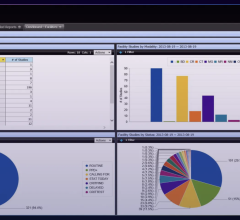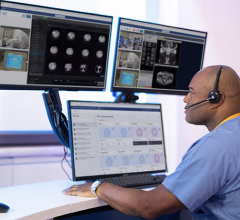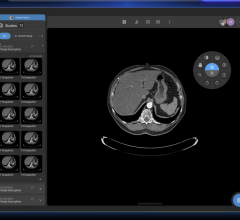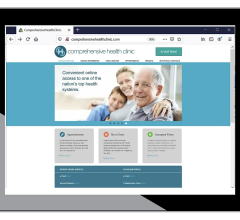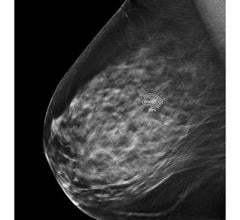
March 5, 2014 — vRad (Virtual Radiologic), the largest telemedicine company and radiology practice in the United States, announced its newest set of indices, the “Day in the Life of Radiology,” part of the RPC (Radiology Patient Care) Indices available for free and unrestricted use at vRad’s website.
These latest indices offer a 24/7 view inside a radiology department, using interactive infographics that show study RVUs (relative value units, which are a critical measure of an imaging study’s economic value), modality mix, patient type and reading location by three distinct radiology shifts.
“Access to normalized data and benchmarks, like the RPC Indices, has been challenging with our existing systems. But it is exactly this level of insight that we need in order to be in control of our future,” said Richard Maenza, M.D., FACEP, an emergency department (ED) physician at Sharon Regional Health System in Sharon, Penn. “I want to be the one shining the spotlight on our use of imaging as referring physicians, comparing ourselves to our peers and partnering with our radiologists on operational decisions to improve efficiency and value to patients and hospital administrators. If we don’t do it, someone else will do it for us.”
vRad developed the “Day in the Life” concept from its own experience as a large 24/7 radiology group. Normalized data included in vRad’s clinical repository of more than 23 million imaging studies divides radiology into three shifts: “Onsite” (Mon.-Fri. 7:00 am – 6:00 pm; Sat. 8:00 am – 12:00 pm), “Midhawk” (Mon.-Fri. 6:00 pm – 12:00 am) and “Deephawk” (Mon.-Fri.12:00 am – 7:00 am; Sat. 12:00 pm – Mon. 7:00 am). Each shift has distinct characteristics impacting optimal workflow and operating plan design and management. For example, while the “Deephawk” or overnight shift accounts for nearly half of all working hours, this shift drives only 11 percent of total RVUs. By comparison, the “Onsite,” or daytime shift, is the most productive, accounting for 70 percent of all RVUs with only 35 percent of total working hours.
“Insight from these shift-based indices reveals inconvenient truths for radiology groups and hospitals,” said Jordan Halter, vice president of solutions for vRad. “Gone are the days of just working harder and reading more scans to make up for lower volume and reimbursement; radiologists are reaching their limits. Not all hours in a day are created equal for radiology.
“For example, the indices show that for most radiology groups, trying to staff and manage ‘Deephawk’ shifts is expensive, inefficient and misaligned with the goals of hospitals and physicians for a low-cost and high-quality solution. By isolating data associated with these three shifts, you can better understand the operating implications of your practice or radiology service line very differently. These kinds of radiology fundamentals will help us make evidence-based decisions and not those driven by the status quo, intuition or conjecture. The rules of economics are not suspended simply because we are practicing medicine.”
“At this transitional time in healthcare, we know that fee-for-value is coming but we still don’t know how it will affect the long-term practice of radiology,” said Robert H. Paley, M.D., former chair of radiology of both Sibley Memorial Hospital in Washington, D.C., and St. Agnes Hospital in Baltimore. “What we do know is that today, radiology groups require as much insight as possible into their practice of medicine so that they can make decisions that deliver the best care and drive the best value for patients and hospital partners. The RPC Indices are innovative tools that provide consistent benchmarks and provide a common language for us to use when working with our referring physicians and our hospital administrators. It is this kind of data that can help us connect in the most meaningful way to work together as informed partners.”
For more information: www.vrad.com


 November 19, 2024
November 19, 2024 

